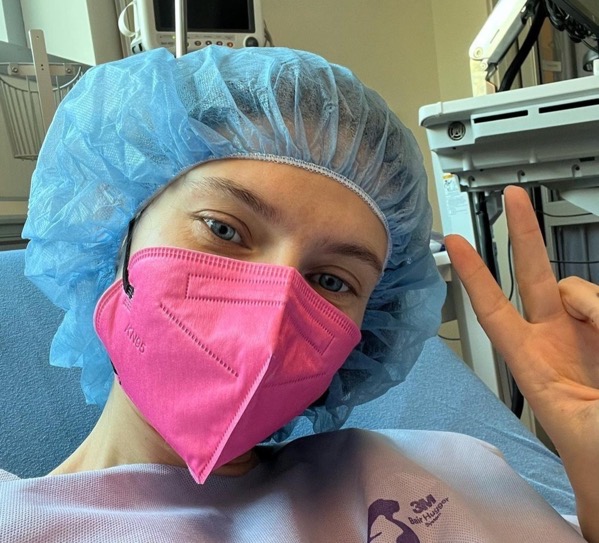Communicating the risk of BRCA mutations: how we can do it better.

The Italian supermodel Bianca Balti recently announced she is battling against ovarian cancer. Her story should raise a debate about how we manage and, more importantly, communicate with patients who carry BRCA1 mutations.
As a molecular biologist and science communicator, I’ve encountered these genetic predispositions frequently in my work and written about them in my books. These rare DNA mutations account for only a small fraction of all cancer cases but dramatically increase the risk of developing breast and ovarian cancer (and to a lesser extent, pancreatic cancer). When I say “dramatically,” I mean a 40% to 80% chance of developing one of these cancers, depending on the specific mutation and family history—far higher than the risk faced by women without the mutation.
A few years ago, Balti (who is currently undergoing treatment, and we all wish her a swift recovery) publicly shared her discovery of this mutation in her DNA, together with her choice to undergo a mastectomy—the most effective way to lower breast cancer risk in such cases—and to remove her ovaries.
Her situation closely mirrors that of Angelina Jolie who, years earlier, opted to remove her breasts and ovaries after learning she carried mutations in the same gene. While we don’t know why Balti ultimately decided not to remove her ovaries as planned, that is her personal choice, and it’s not our place to judge or question it.
What we do know, unfortunately, is that with a BRCA1 mutation, which brings a cancer risk of 40% or higher, waiting can feel like gambling with fate. Experts are fairly unanimous today in recommending that women with these mutations remove their breasts and ovaries as early as possible, especially since they can freeze their eggs beforehand if they still want the possibility of having children.
Such choices are deeply personal. My impression, however, is that the risks of carrying these mutations isn’t always communicated with enough clarity or urgency to patients and their families. Women with BRCA mutations need a crystal-clear understanding of the risks they take by delaying these preventative surgeries.
In many cases—beyond these public examples—the seriousness of this risk may be not conveyed properly. Doctors should also take into account the influence of loss aversion (a well-known cognitive bias that leads to avoid immediate harm, even if it means risking far greater harm later) which can affect everyone, especially when faced with difficult decisions in stressful situations. Giving people information isn’t enough; we need to address these biases to help them make truly informed and rational choices.
Even earlier in the process—before a diagnosis— many women do not get tested even though their family histories strongly suggests a genetic predisposition to cancer, putting their lives at unnecessary risk and relying solely on regular screenings.
To be clear: screenings are crucial, but BRCA mutations are notoriously aggressive. I know more than one person with these mutations who went from a clean screening one year to being diagnosed with advanced cancer the next. All signs suggest Bianca Balti may have experienced this. Trusting only in screenings, in my view, is not a safe approach for those with these mutations.
Again, we don’t know why Balti delayed her surgery, but the important thing is to send a clear message to everyone: understand the risks.
For those carrying these mutations, they are really high. If you have a family history of breast and/or ovarian cancer (in your mother, aunts, or sisters), you should seek genetic counseling (which is available through national health services) and, if necessary, undergo genetic testing. The test is simple—i takes a sample of blood or saliva.
What about women without a family history of these cancers? Genetic testing usually isn’t recommended, since BRCA mutations are rare in the general population, and new, spontaneous mutations are even rarer.
However, family history isn’t always reliable, especially in families with few women, where random chance can be misleading. Therefore, I believe it’s worth considering genetic counseling—and possibly testing—if you’re diagnosed with breast cancer before the age of 40.
According to the National Cancer Institute, a woman diagnosed with breast cancer before age 40 has a 1 in 10 chance of carrying a BRCA1 mutation. In certain populations, such as Ashkenazi Jews, the probability is even higher. Today, genetic testing is relatively affordable and should not be an insurmountable barrier.
Once again, clear communication is key, and we owe our gratitude to public figures who share their experiences and contribute to meaningful discussions on these critical issues.

